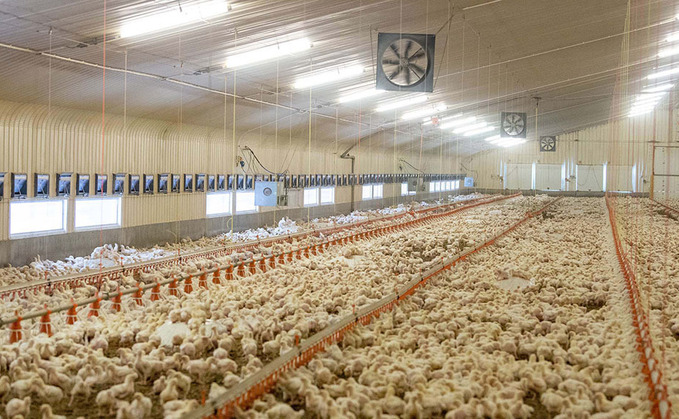
Great Britain is experiencing an unprecedented outbreak of highly pathogenic avian influenza (AI), so what can poultry keepers do to prevent infection on their farms? Farmers Guardian reports. The virus...

Great Britain is experiencing an unprecedented outbreak of highly pathogenic avian influenza (AI), so what can poultry keepers do to prevent infection on their farms? Farmers Guardian reports. The virus...